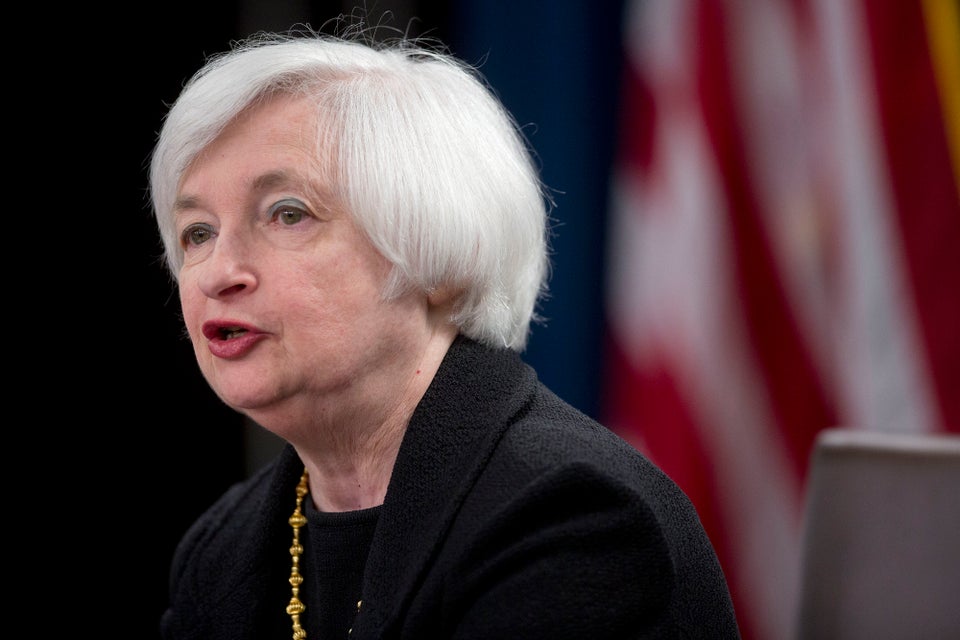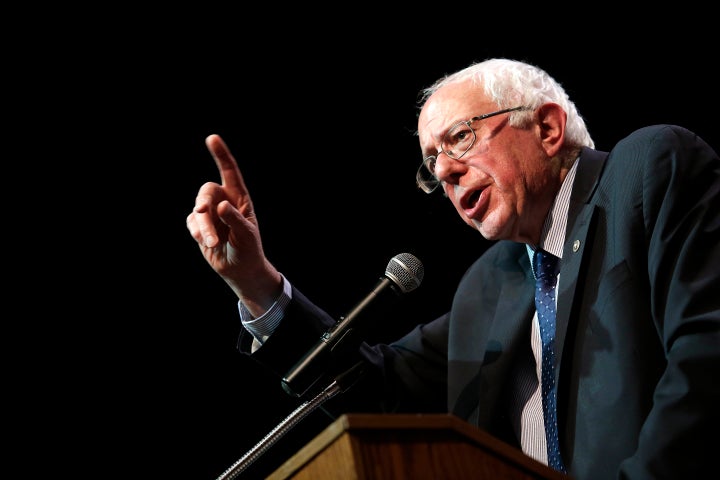
The Federal Reserve is becoming the focal point of a longstanding divide between more business-friendly Democrats and the party’s populist branch over how the next president should promote full employment and police Wall Street.
Democratic presidential hopeful Sen. Bernie Sanders (I-Vt.) put forward a lengthy list of proposals for reforming the Federal Reserve in a Dec. 23 op-ed in the New York Times.
Lawrence Summers, a former top economic adviser to President Barack Obama, who nearly became Fed chairman in 2013, penned a response on Tuesday agreeing with Sanders on some grounds, but forcefully pushing back against the notion that Wall Street influence at the Fed is too pervasive.
The disagreement between Sanders and Summers embodies a larger rift within liberal ranks about the need to lessen the influence of Wall Street at all levels of government. But it also reflects broad agreement on the centrality of the Fed as an enabler of economic growth and the need for greater financial reforms.
The Fed has a dual mandate to maximize employment and maintain stable prices, which it does primarily by adjusting a benchmark interest rate.
Sanders argues that the proverbial revolving door between Wall Street and the Federal Reserve has led the central bank to neglect the public in both of these duties.
Like many other progressive lawmakers, advocates and economists, Sanders believes that the Fed should not have raised the key interest rate -- as it did earlier this month -- until unemployment was lower and wage growth was higher. Prices, these critics note, have been rising at a rate well below 2 percent, the inflation target the Fed currently uses as a sign it must raise rates to prevent the economy from overheating dangerously.
“Raising rates must be done only as a last resort -- not to fight phantom inflation,” Sanders wrote in his op-ed.
Sanders also contends the Fed should have done more to impose conditions on its emergency lending to the big banks during the financial crisis and that it should be doing more to regulate them now.
To address both of these problems, Sanders calls for a series of reforms of Fed governance aimed at rooting out conflicts of interest that make the Fed more beholden to financial elites and less sensitive to the needs of ordinary people.
“If I were elected president, the foxes would no longer guard the henhouse,” Sanders wrote.
“If I were elected president, the foxes would no longer guard the henhouse.”
- Sen. Bernie Sanders (I-Vt.)
Perhaps his most sweeping change would be requiring the heads of the 12 regional Federal Reserve banks to be appointed by the president, which would require Senate confirmation. He would also ban sitting financial executives from being board members of the regional Fed banks.
Five of the seats on the interest rate-setting Federal Open Market Committee are reserved for regional Fed presidents, ensuring them a prominent voice in monetary policy. The committee officially consists of 12 seats, including seven presidentially appointed Fed governors. But due to the Senate’s unwillingness to confirm Obama governor nominees, it has lately consisted of just 10 members, giving the regional heads greater sway than they had in previous eras.
Sanders notes that, at present, four of the 12 regional Federal Reserve bank presidents previously worked for Goldman Sachs. That is disconcerting to Sanders and others who argue that financial industry veterans are predisposed to prioritize inflation concerns over full employment.
These Fed officials’ backgrounds, according to Sanders’ logic, also make them less likely to regulate the financial institutions they supervise with adequate vigor.
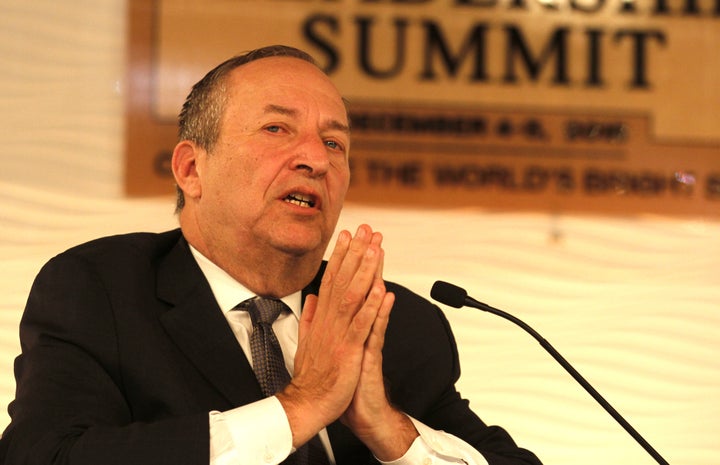
Summers’ disagreement with Sanders at first seems to be tactical rather than strategic. He agrees, for example, that the Fed should not have raised the benchmark interest rate earlier this month and says that Fed officials have given too much weight to concerns about inflation.
Instead, Summers points out that having the president appoint regional Fed presidents is unlikely to accomplish Sanders’ goal of increasing Fed accountability “given the dysfunctionalities of the Senate process.” Instead, Summers claims, it might “strengthen the New York Fed with its close ties to Wall Street and hawkish regional presidents in ways that Sanders would not like.”
But it becomes clear that Summers rejects Sanders’ essential premise that Wall Street influence at the Fed is inherently corrupting. He argues that regulators’ professional experience in the industries they oversee is not necessarily a good indicator of their willingness and ability to police those industries effectively.
“There is a tension between acquiring expertise and avoiding co-optation or cognitive capture,” Summers writes.
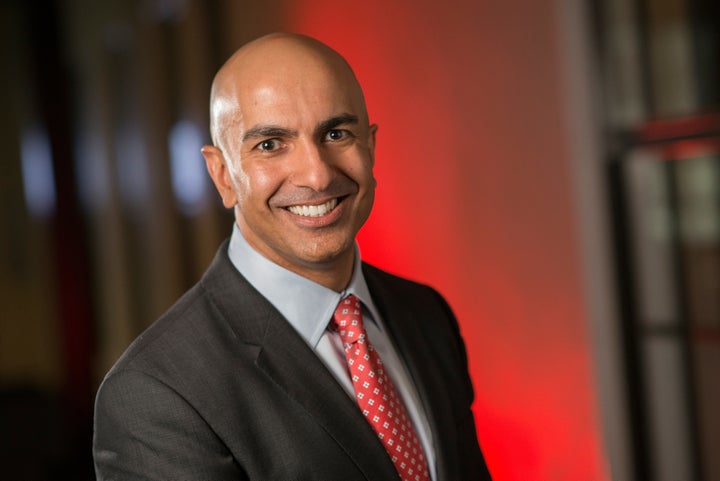
Summers even implies that former industry professionals’ “expertise” may make them more capable of policing the fields they supervise.
Some of the financial regulators most “respected” for their toughness, Summers notes, were Wall Street veterans, like Arthur Levitt, whereas many regulators with no professional finance experience, have presided over periods of lax oversight.
Mike Konczal, a senior fellow at the progressive Roosevelt Institute and former financial engineer himself, said Summers’ critique speaks to a “divide” between business-friendly Democrats and more populist progressives as to whether the people running the Fed, and the process for selecting them, is a major concern.
Konczal is decidedly more in the camp of Wall Street skeptics.
“Just because Summers disagrees with Sanders’ specifics about governance and the revolving door, doesn’t mean there are not better solutions,” he added. “If they are bad ideas, it is imperative to come up with his own ideas.”
“It is not at all clear how the people they are choosing end up in positions that have profound consequences for millions of people.”
- Mike Konczal, Roosevelt Institute
Konczal points to a report by Carola Binder, his colleague at the Roosevelt Institute, as a template for such alternatives.
Binder recommends requiring regional Fed bank board members to disclose potential conflicts of interest, as officials at central banks in Canada, the United Kingdom, Australia and the European Union already must do.
Binder also calls for the boards of regional Fed banks to publicize the criteria they use to select bank presidents and invite input from the communities they serve.
“The selection process is almost criminally non-transparent,” Konczal said. “It is not at all clear how the people they are choosing end up in positions that have profound consequences for millions of people."
The preponderance of Wall Street veterans among top Fed officials is not surprising given the lack of diversity among the people who appoint them. A 2011 Government Accountability Office report found that from 2006 to 2010 the ethnic diversity of the boards of directors of regional Fed banks, which are responsible for electing the bank presidents, was “limited,” as was the representation of people with backgrounds in labor and consumer advocacy. Fifty-six of 91 Fed bank directors who responded to the GAO's survey in 2010 had worked in finance.
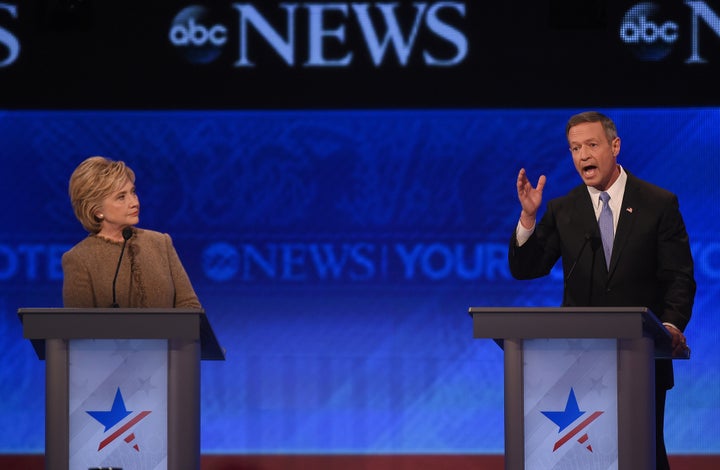
Sanders' plan is a broader version of what fellow Democratic presidential candidate Martin O’Malley proposed in July when he rolled out his comprehensive financial reform agenda. The former Maryland governor would require the head of the New York Fed, the most powerful of the regional Federal Reserve banks, and the Fed’s general counsel, to be appointed by the president.
Hillary Clinton’s campaign did not immediately respond to request for comment on Sanders’ proposals.
But Konczal is heartened “there is a lot more agreement” between Sanders and Summers, and their respective camps, than he would have expected.
“They broadly agree that there are problems with the regulatory structure, that the Fed is too biased in favor of low inflation and away from full employment, and they both think the financial sector is not accountable enough -- particularly with the taxes they pay,” he noted. “This is a much better debate to be having than we were having a few years ago.”
Also on HuffPost:

